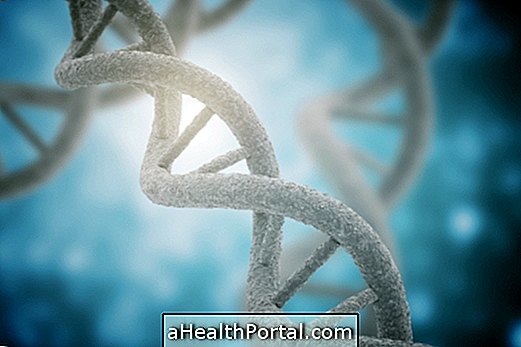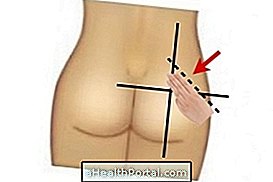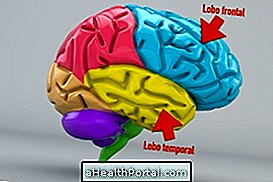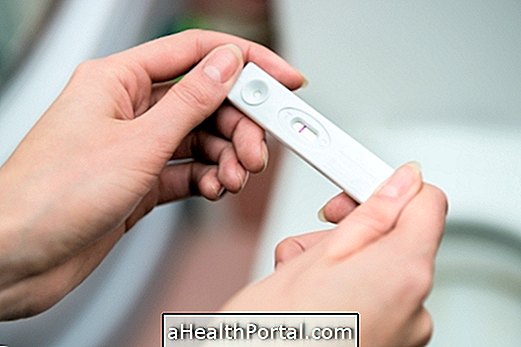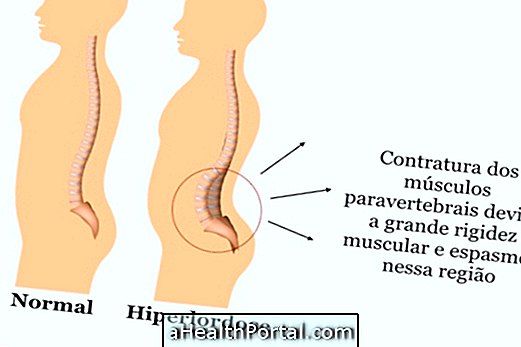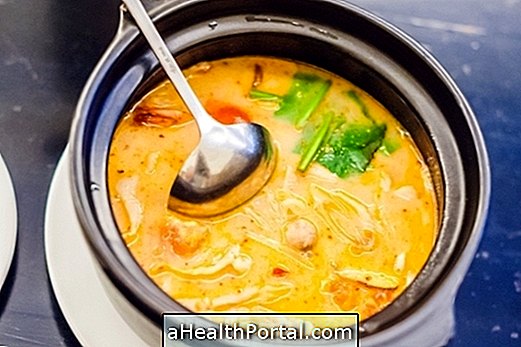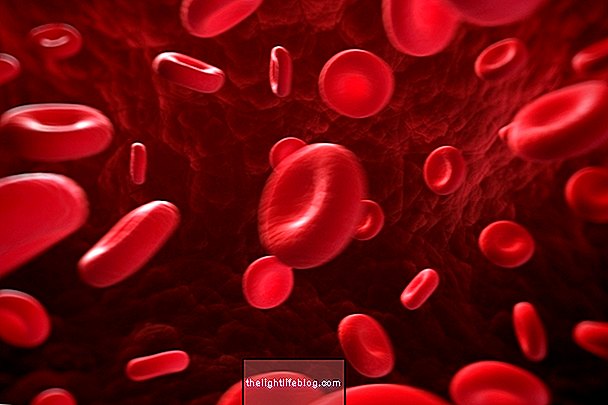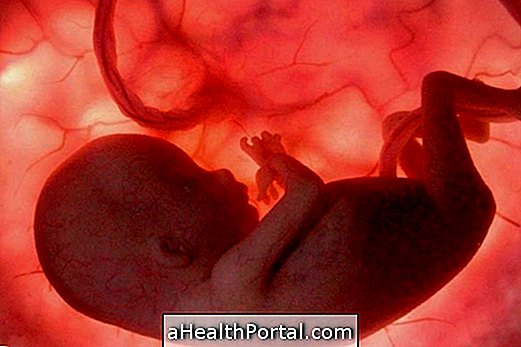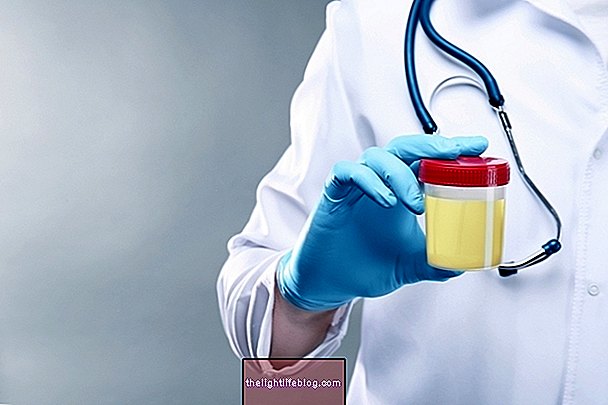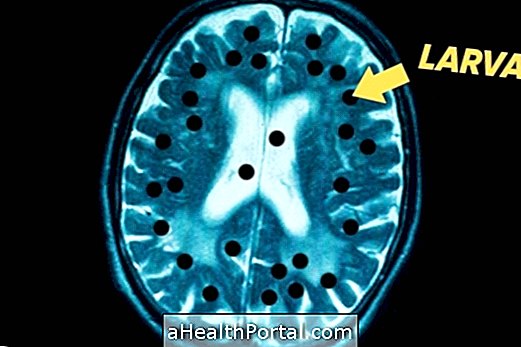Fat embolism is the obstruction of blood vessels by fat droplets that most often happens after fractures of long bones, such as bones of the legs, thighs or hips, but which may also arise in the postoperative period of orthopedic surgeries or procedures such as liposuction, for example.
Fat droplets can spread through the veins and arteries of the body, are carried by the bloodstream and can reach varied sites and organs of the body. Typically, the embolus only causes serious damage when it occurs in large quantities, and when this happens, the organs most affected are:
- Lungs : are the main organs affected, may be shortness of breath and low oxygenation of the blood, a situation called pulmonary thromboembolism. Understand more about how it happens and other causes of pulmonary embolism;
- Brain : When they are affected they cause typical changes of strokes, like loss of strength, alteration of the walk, alterations of the vision and difficulty in the speech, for example;
- Skin : An inflammation occurs causing red lesions and tendency to bleeding.
However other organs such as kidneys, retinas, spleen or liver, for example, can also be affected and have their function compromised.
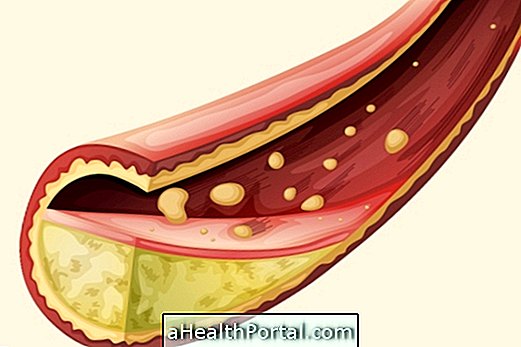
Main causes
Fatty embolism can be triggered by situations such as:
- Fracture of bones, such as femur, tibia and basin, after an auto accident or fall;
- Orthopedic surgeries, such as knee or hip arthroplasty;
- Plastic surgery, such as liposuction or fat fillings.
Fatty embolism can also happen without a clear reason, spontaneously, which is rarer. Some of the people most at risk are carriers of generalized infections, people with sickle cell anemia, pancreatitis, diabetes, hepatic steatosis, prolonged use of corticosteroids or with extensive burns.
Possible symptoms
Fatty embolus generally reaches small vessels in the circulation, so it does not always cause symptoms except when a massive embolus occurs, ie when it reaches many blood vessels to the point of compromising the circulation and functioning of organs. Some of the symptoms that may occur include shortness of breath, headache, vision or speech changes, weakness, drowsiness, loss of consciousness and coma, and skin lesions.
The diagnosis of embolism is made by the physician's clinical evaluation, and some tests may help demonstrate areas of organ damage from lack of blood flow, such as MRI.

When Fat Embolism Syndrome Happens
Fat embolism can be called Fat Embolism Syndrome when it is severe and simultaneously strikes the lungs, brain, blood clotting and skin, causing a serious picture that includes difficulty breathing, brain changes and reddened skin lesions, which indicate inflammation and tendency to bleeding.
Only about 1% of cases of fatty embolism develop this syndrome, which is so serious because, in addition to vessel obstruction by fat droplets, it also triggers chemical reactions in the circulation that produce an intense inflammatory reaction in the body.
How is the treatment done?
Although there is no specific treatment to cure the embolus greasy, there are measures used by the doctor able to control the symptoms and facilitate the recovery. In some cases, this monitoring can be done in an ICU environment, until there is improvement and stabilization of the clinical picture.
Some options used by the doctor include using a catheter or oxygen mask, in addition to continuous monitoring of vital signs. If necessary, hydration can be done in the vein with serum, as well as medicines used to regulate blood pressure.
In addition, some doctors may try the use of corticoid medications as an attempt to decrease the inflammatory reaction of the disease.
